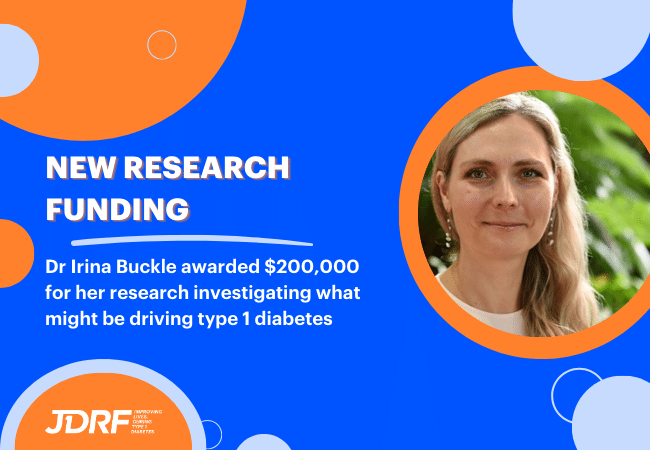T1D Research Roundup: March 2020
COVID-19 may be dominating the headlines, but the world of T1D research hasn’t stopped. We’re still rounding up the biggest stories from around the world – the new advances in treatment, devices and knowledge that are making the biggest impact in the fight to cure, treat and prevent T1D.
Here’s what you need to know in T1D research this month:
Type 1 diabetes could have two different subtypes
Researchers in the UK have discovered that there might be two subtypes of T1D in children – those diagnosed under 7 years old seem to have a different form of the condition to those aged 13 and over. The team analysed pancreas samples and looked at the levels of insulin and proinsulin – a precursor to insulin made in beta cells. The analysis showed that proinsulin was not processed properly in children under 7, but this was less common in older children. The results could have big implications for the development of new treatments – depending on how they work, some immunotherapies might be more effective for children in one age group, and less effective for others.
World-first artificial pancreas app launches in the UK
The first licensed, downloadable artificial pancreas app for people with T1D has been released in the UK this month. The app, known as CamAPS FX, works with an insulin pump and glucose monitor to automatically deliver insulin. It can also upload blood glucose measurements directly to Diasend, an online sharing platform. The app is not available in Australia, but a similar app is being developed at the University of Newcastle.
Preventing T1D in mice by removing a gene
Researchers at the University of Wisconsin have discovered that removing a gene from the beta cells of mice can prevent them from developing T1D. The gene, called IRE1-alpha, controls how beta cells respond to stress. The researchers say that removing the gene causes beta cells to be “disguised”, hiding them from the autoimmune attack that causes T1D. The work could have implications for the development of new preventative drugs for T1D – two drugs that target the stress response of beta cells are already in clinical trials.
Finding the genes that cause diabetic nephropathy
A study of more than 150 Finnish people with T1D has discovered several genes that could be involved in the development of diabetic nephropathy, a complication of T1D that affects the kidneys. Finland was chosen for the study as it has one of the highest rates of T1D in the world. The team hope that some of the genes are part of pathways that could act as targets for new drugs.




